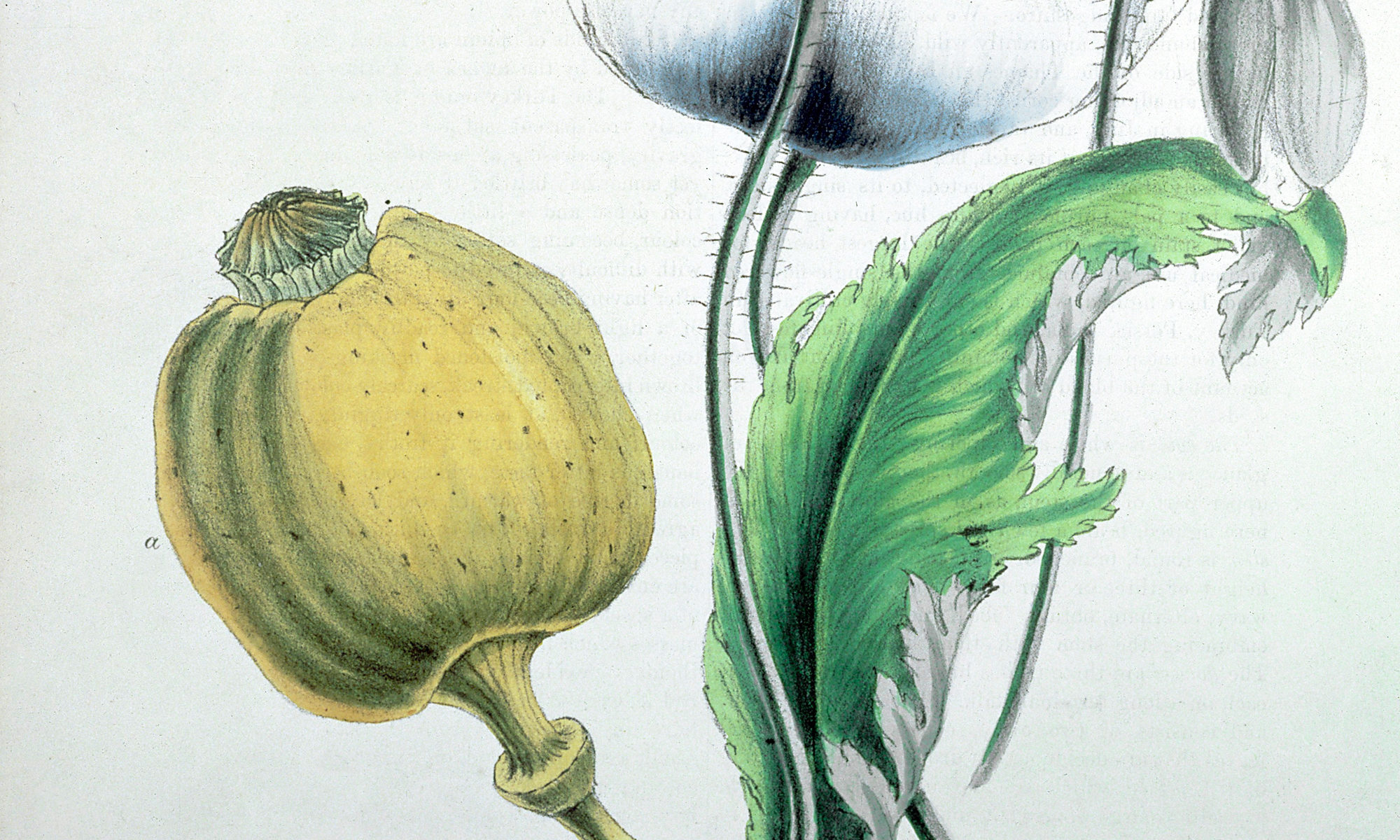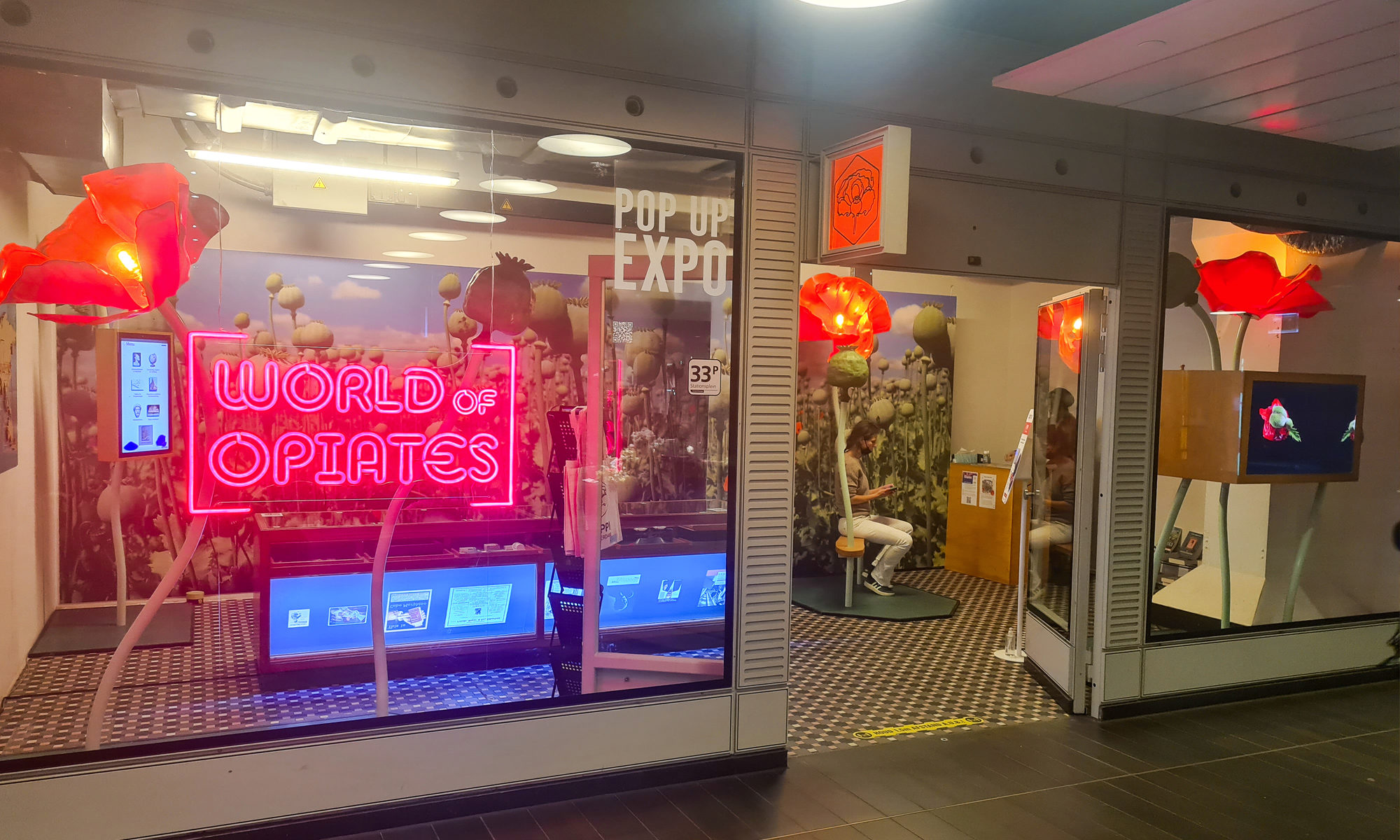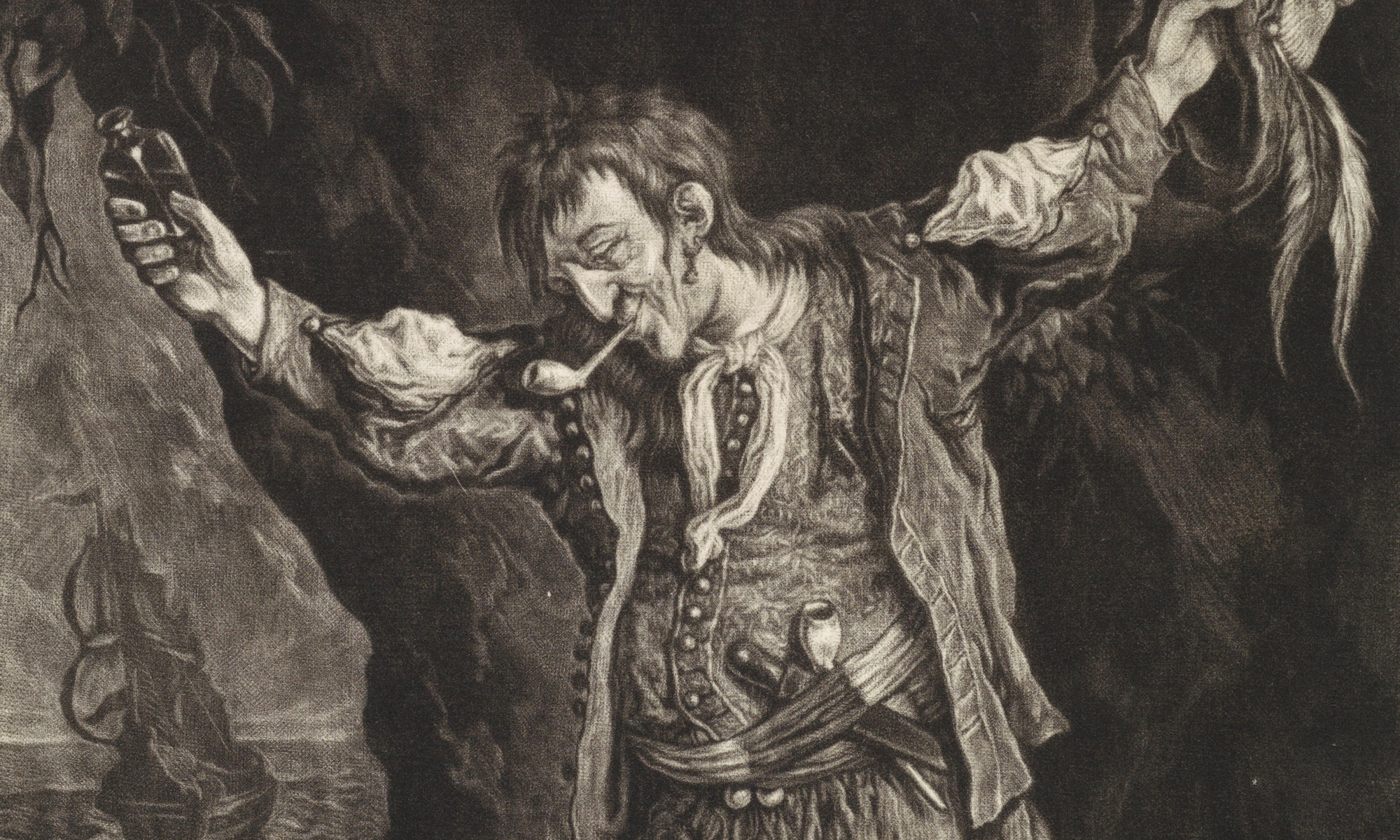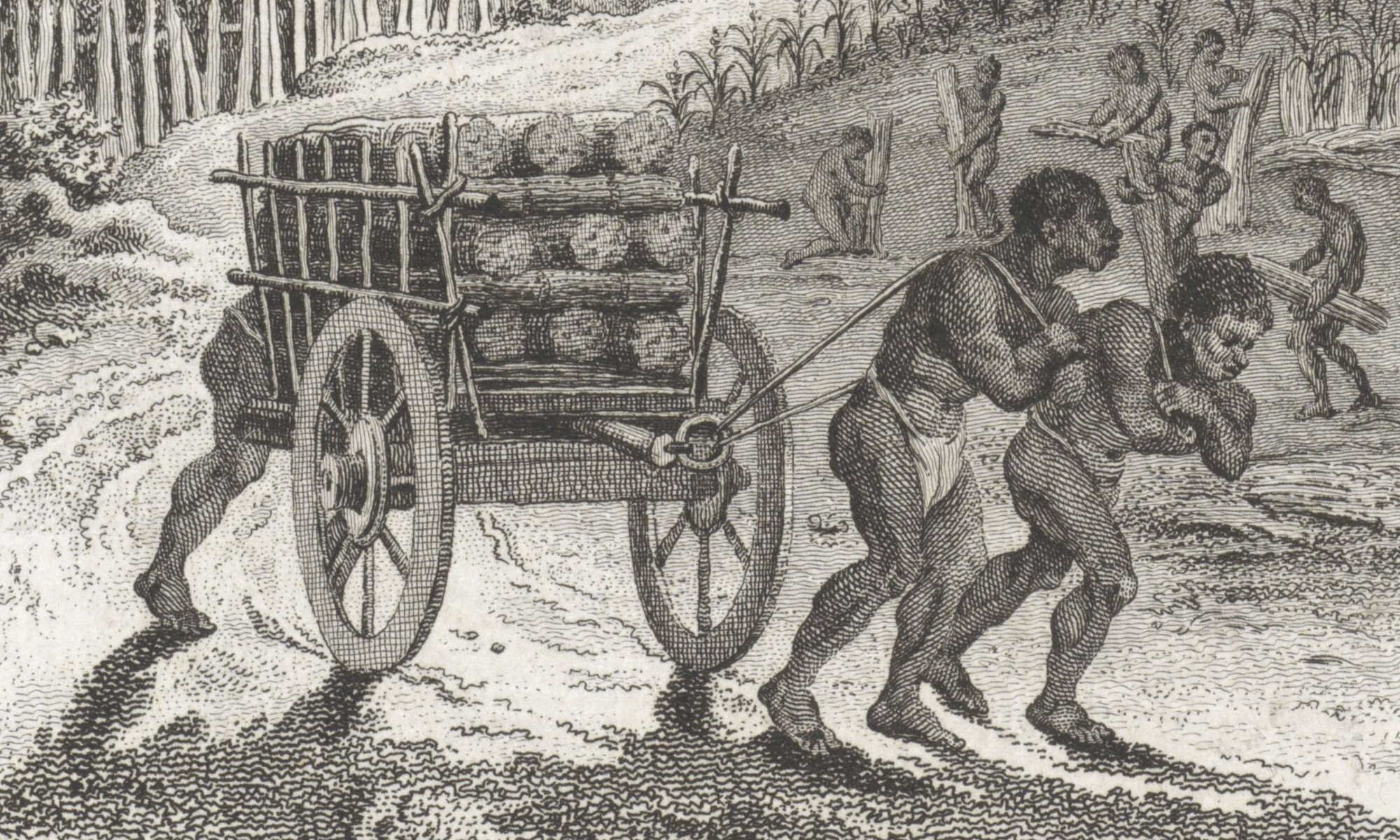The project rounded out 2021 with a ‘big bang’ in Amsterdam, when work on opium by our Utrecht research team was translated into a unique project in public space: Worlds of Opiates, a pop-up exhibition co-created with artist Corne van der Stelt, Het Uitvindersgilde, and Poppi, a start-up drugs museum and social enterprise. Visitors to the show walk through an immersive field of giant 3D poppy flowers, and discover the many attributes of the most powerful flower known to mankind. Interactive elements tell stories about opium, laudanum, heroin, and painkillers, the same substance in different guises eliciting different societal responses.
New Project Exhibition: Worlds of Opiates
From 3 December 2021–29 March 2022, our Utrecht research team will hold a free pop-up exhibition for the general public at Amsterdam Central Station, one of the city’s major thoroughfares. The interactive show, organised in conjunction with the Poppi Drug Museum and called Worlds of Opiates, invites visitors to explore the history of opium in Amsterdam and its associated public spaces in a global context. Drawing on the findings of the project, and incorporating data from the 1970s and 1980s produced by our HERA partner project Governing the Narcotic City and the Mainline Foundation for harm reduction, the exhibition features both physical and digital objects, as well as historic maps of opium distribution in Amsterdam. Visitors can open and investigate the drawers of an original apothecaries’ counter, watch slideshows, access additional information on their mobile devices via QR codes, or listen to lectures by historians on topics such as opium use among the eighteenth-century Dutch elite, early modern opium use in Scotland, or the drug’s connection with Afghanistan.
Continue reading “New Project Exhibition: Worlds of Opiates”
Smoke on the Water: Tobacco, Pirates, and Seafaring in the Early Modern World
In the 1990s, maritime archaeologists started to excavate the remains of a shipwreck in Beaufort Inlet on the North Carolina coast, excavations that continue (you can follow their progress on this website). It’s now generally accepted that the ship on the bottom of the inlet is the Queen Anne’s Revenge, a frigate with 40 guns and capacity for 150 men that was nothing less than the flagship of a small squadron of pirate ships under the command of one of the most famous pirates in history: Edward Teach, or Thatch, better known as Blackbeard. From letters to the Admiralty, newspaper reports, and testimonies from pirate trials, we know that the ship ran aground on a sandbar on 9 June 1718. Attempts to free her were in vain, and after a few hours the crew abandoned the ship, its valuable cargo, and their personal possessions. Over subsequent weeks the vessel slowly disintegrated and finally ended its eventful life on the seabed.
Continue reading “Smoke on the Water: Tobacco, Pirates, and Seafaring in the Early Modern World”
New Intoxicants, Slavery, and Empire in the Seventeenth- and Eighteenth-Century Dutch Atlantic
The history of new intoxicants is intimately connected to one of the darkest chapters in history: that on slavery, and the exploitative world economic system that sustained it. The increasing demand for consumables such as sugar, tobacco, and coffee in Europe was supplied by New World plantations run by white planters, managers, and overseers and cultivated by enslaved black workers from Africa. More than 12 million enslaved were forcibly transported between 1500 and 1865; an estimated 1.8 million died en route. There is a cruel irony at play here: when we miss our morning hit of caffeine, sugar, or nicotine and withdrawal symptoms set in, we should remember that the psychological and metaphorical ‘enslavement’ of millions to an intoxicant is the historical result of the physical and literal enslavement of millions of African workers and their trafficking to the Americas.




